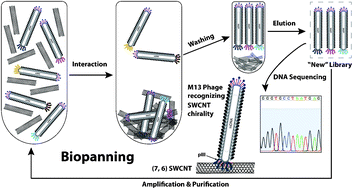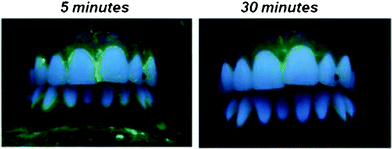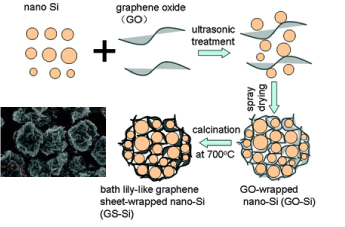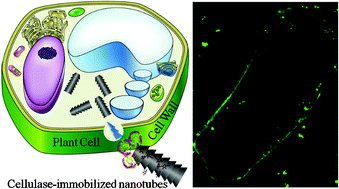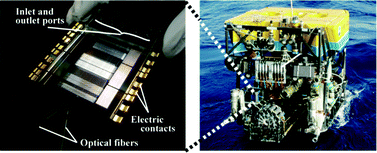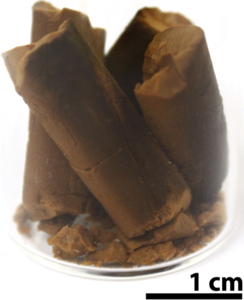Aptamers are single-stranded oligonucleotides that fold into 3-D structures to specifically bind targets such as ions, small biological organic or inorganic molecules. Previously, it has been shown that thrombin binding aptamers (TBA) have good anticoagulant activity with high-affinity, non-immunogenicity, and non-toxicity.
In a recently published RSC Advances article, Huang et al. show that multivalent TBA bound to gold nanoparticles have 10000 times higher binding affinity than TBA15 (thrombin binding aptamer containing 15 bases). The anticoagulant activity of multivalent TBA-gold nanoparticles is reported to be extremely high, even better than the commercial drugs, argatroban and hirudin.
Moreover, the authors have also developed a photocleavable (PC) version of the multivalent TBA-gold nanoparticles. Upon irradiation with near UV light (365 nm), the 2-nitrobenzyl PC linker of the terminal-modified TBA can be cleaved resulting in the reversal of thrombin activity. The authors are confident that the light-controllable anticoagulant drug will be potentially useful in biomedical aplications.
“We believe that our described technique can be widely used to modify nanoparticles with other DNA or RNA aptamers for different proteins or cancer targets”, say Huang and co-workers from National Taiwan University.
The article was published in our latest issue of RSC Advances, issue 4, 2012. It is free to access by simply registering online before December 2012.
Highly flexible and stable aptamer-caged nanoparticles for control of thrombin activity
Chia-Lun Hsu, Shih-Chun Wei, Jyun-Wei Jian, Huan-Tsung Chang, Wei-Hsi Chen and Chih-Ching Huang
RSC Adv., 2012, 2, 1577-1584













